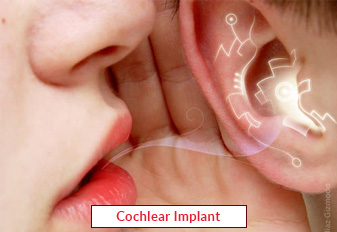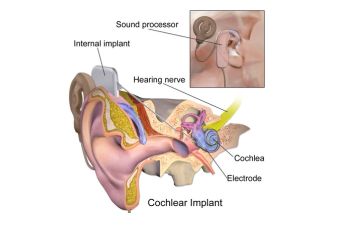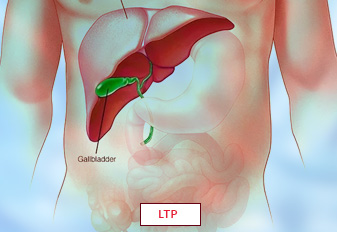Cochlear Implant Surgery

An electronic device called a cochlear implant is used to enhance hearing. For those who are unable to hear effectively with hearing aids and have significant hearing loss due to inner ear damage, it may be an alternative.
A cochlear implant bypasses damaged areas of the ear to transmit sound impulses to the hearing (auditory) nerve, in contrast to hearing aids, which enhance sound. When hearing aids are no longer helpful for someone with a severe hearing loss, it can help them hear better. Their quality of life and ability to communicate can be enhanced by cochlear implants.Cochlear implants can help youngsters as young as 6 to 12 months old as well as adults of any age.
Book an Appointment
About Cochlear Implant Surgery
One ear (unilateral) or both ears (bilateral) may receive cochlear implants. Adults typically start off with one hearing aid and one cochlear implant. When the hearing loss progresses in the hearing aid ear, adults may then move on to two cochlear implants. When a kid has bilateral severe hearing loss, cochlear implants are frequently implanted in both ears at the same time, especially in infants and young children who are still learning to talk and understand language.
It lasts about two hours. Patients are given medication (general anesthesia) so that they are asleep during the procedure. Complications are rare and can include:
-
Bleeding
-
Facial paralysis
-
Infection at the surgery site
-
Device infection
-
Balance problems
-
Dizziness
-
Taste problems
-
New or worsened ear noise (tinnitus)
-
Spinal fluid leak
Procedure of Cochlear Implant Surgery
Cochlear implant surgery takes place in a hospital or clinic. The surgery lasts about two hours. Patients are given medication (general anesthesia) so that they are asleep during the procedure.
-
The surgeon makes a small incision behind the ear and then creates an opening in the mastoid bone to guide the electrode to the cochlea.
-
The implant electrodes are placed inside the cochlea.
-
The surgeon places an internal processor in a pocket between the muscle and bone behind the ear. The internal processor receives information from an external speech processor that will be worn outside the skin.
-
The incisions are then closed, and the patient is moved into the recovery area and watched closely as he or she recovers from the anesthesia.
After being monitored for a few hours, the patient is released and allowed to relax at home. Following surgery, the side of the implant will have different overall hearing; the device will be programmed a few weeks later, giving the incisions time to heal. You won't be allowed to wear a hearing aid in the surgically repaired ear during this period.
Require Assistance?
Get A Quick Callback From Our Healthcare Experts






